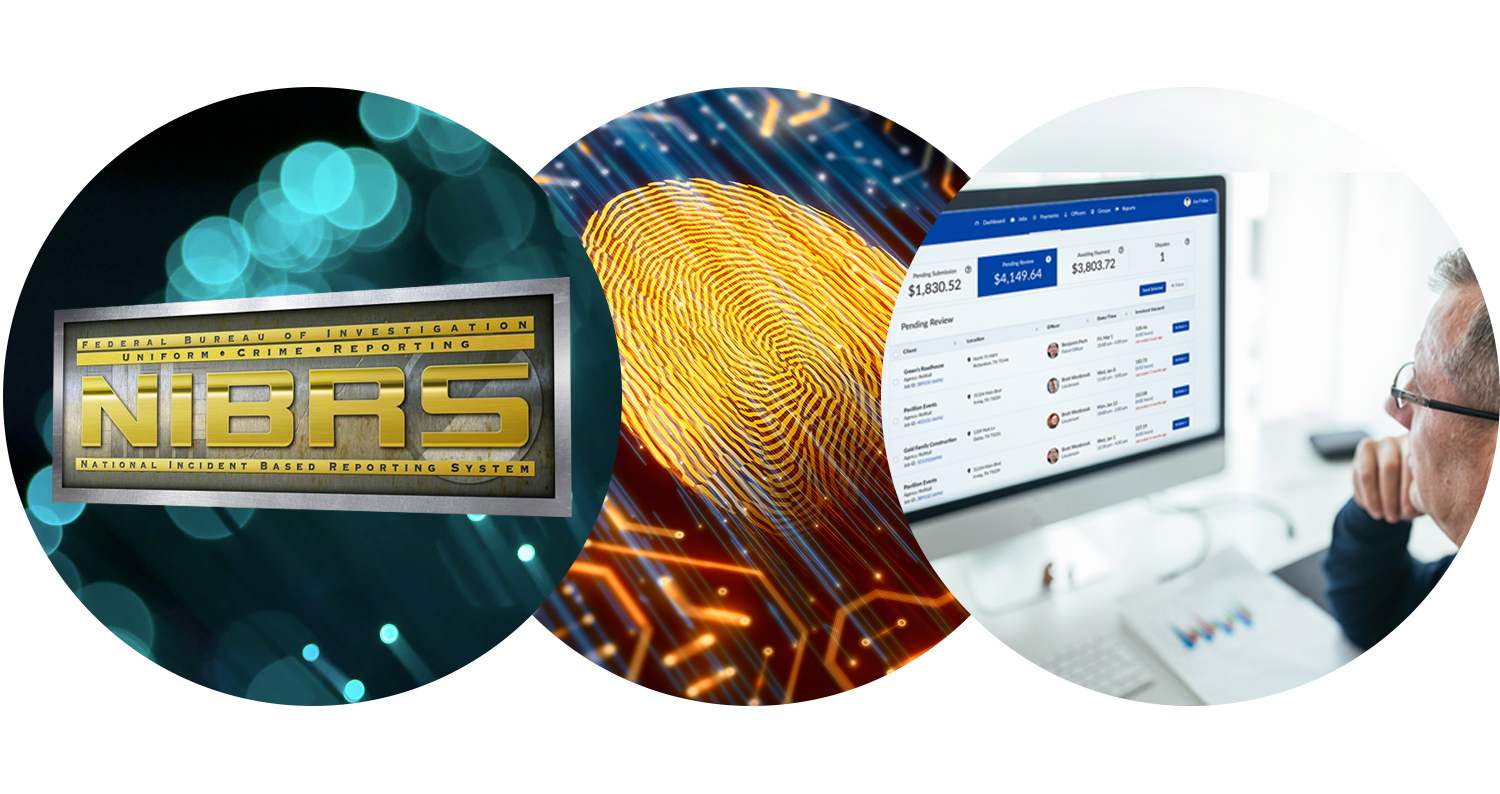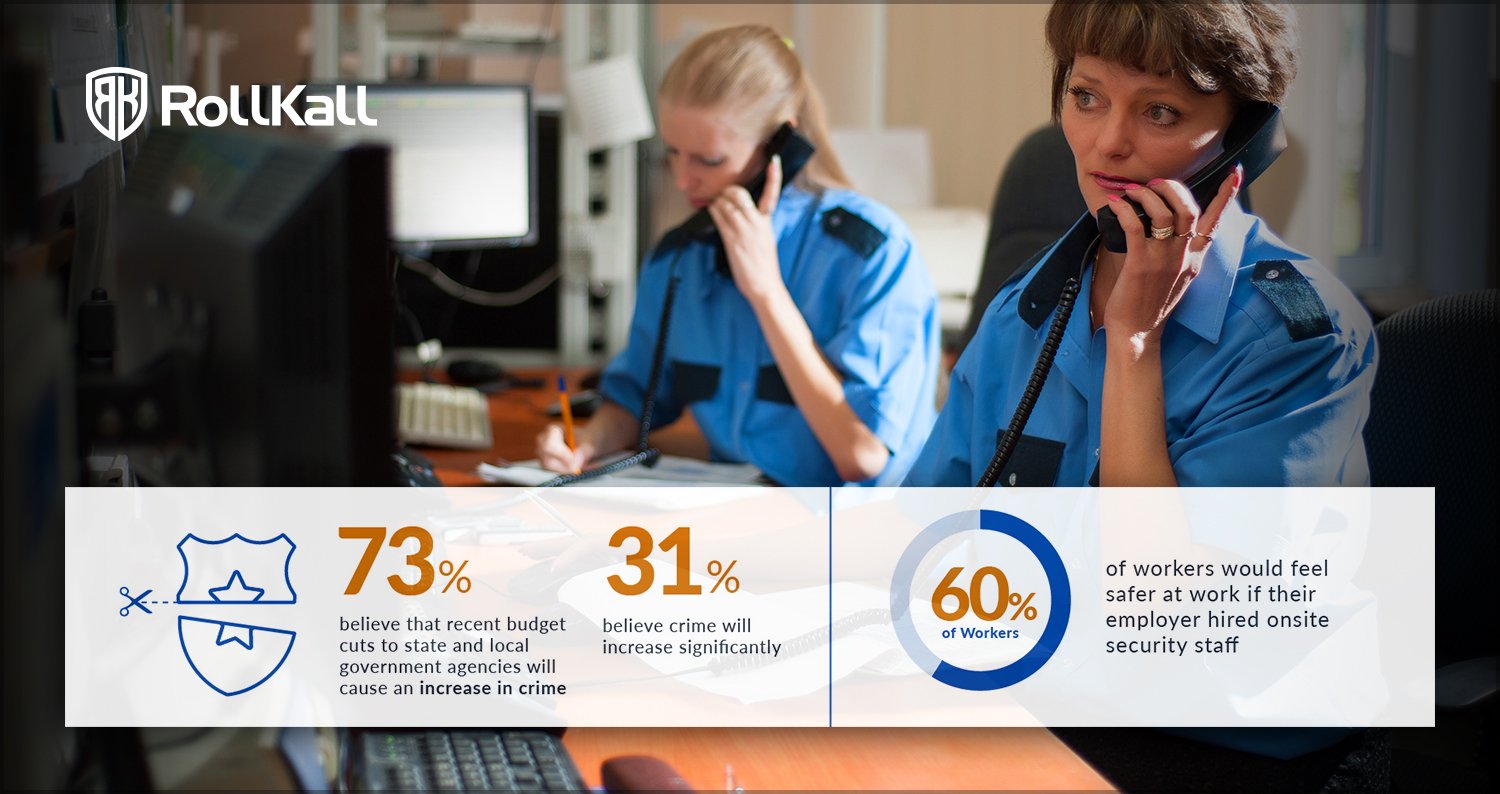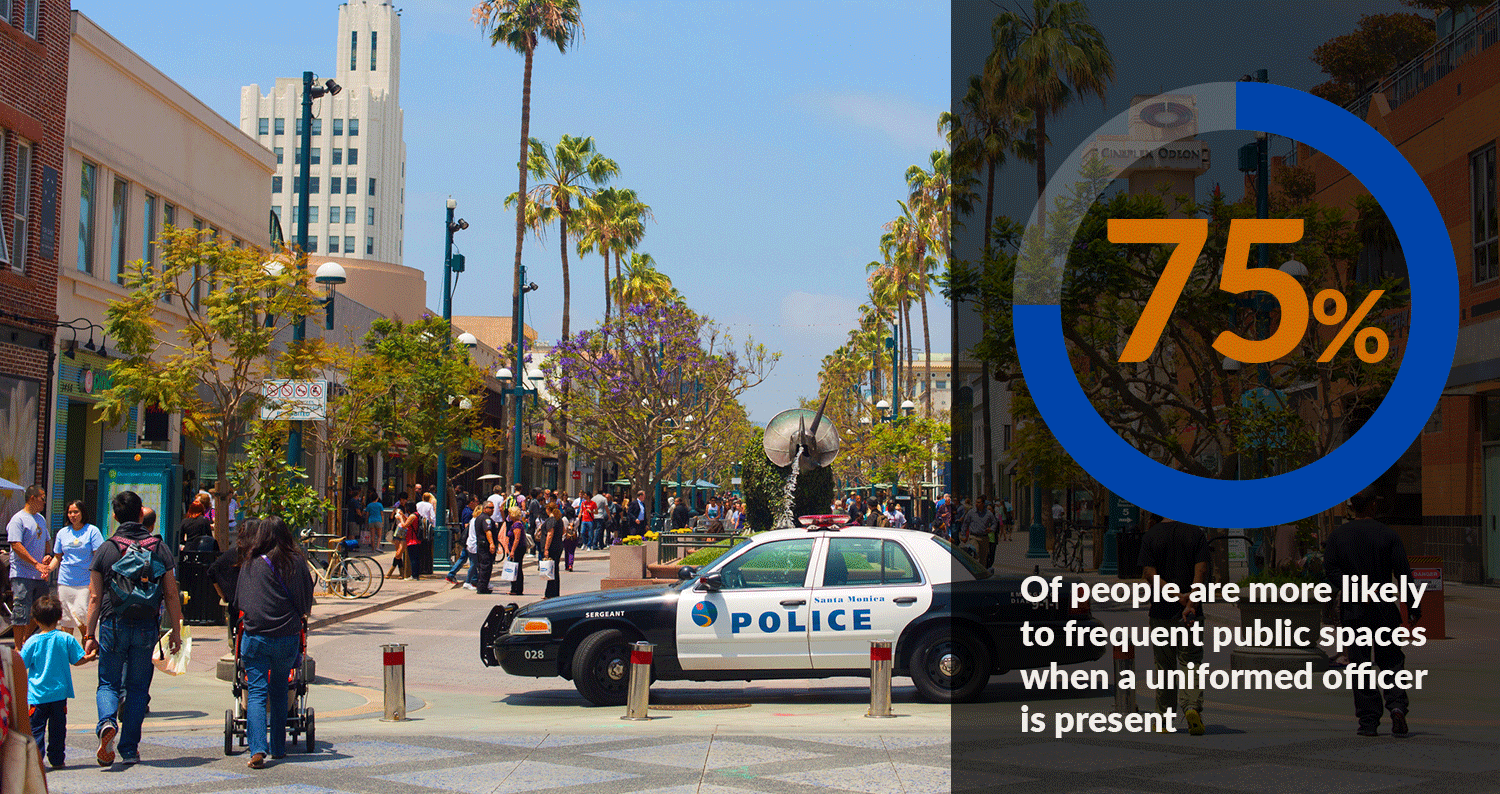Download the free guide
Aenean eu leo quam. Pellentesque ornare sem lacinia quam venenatis.
February 17 2021
Readying Your Department for Law Enforcement Technology

The technology-enabled opportunities coming to law enforcement agencies are remarkable. Thanks to growing 5G networks and artificial intelligence, police are making greater use of virtual reality-based training, automated surveillance and license plate readers, gunshot detection systems, and drones for surveillance, search and rescue. In the not-so-distant future, we could potentially see driverless patrol cars and smart uniforms.
No doubt, these tools will give officers better training and insights into potentially fraught situations. They will make decisions and documentation easier and more objective. But, for these advancements to serve the force well requires a well-run back office.
To maximize the effectiveness of 5G, AI, and VR, it is important to have back-end data management and staffing tools in place - and in use. Having these pieces of the puzzle working for you now will save time, increase your agency’s effectiveness in fighting crime, promote safer communities, and pave the way for the adoption of next-generation policing technologies.
1. Make Data Accessible and Useful.
Future policing technologies will generate more electronic data. If you haven’t already, implement a records management system (RMS) now. The RMS will organize volumes of data, maximizing its usefulness and accessibility. From record generation to completion, these systems store and organize volumes so that departments can retrieve, retain, archive, and view information, records, or files readily and easily.
2. Report Crimes Across Borders.
As crimes become more sophisticated and cross-jurisdictional, so must technology for combating them. Federal, state, county, local and tribal law enforcement agencies can utilize the FBI’s National Incident-Based Reporting System (NIBRS). The system aims to increase transparency between agencies and allow a clearer view of crime in the United States through comprehensive data reporting. NIBRS delves deep into each incident to provide information about the circumstances and context of crimes.
3. Enhance Departmental Efficiency.
Take a hard look at what you’re doing and what’s taking up time. Chances are, there’s a tool for that! Taking the time to find and implement new technology is intimidating, sure. But the payoff almost always comes quickly and in abundance. One time-consuming task that’s increasingly migrating to tech platforms is the management of off-duty work. Manual processes are time-consuming, to say the least. Using a platform like RollKall makes it easy for businesses to request jobs, officers to see opportunities, and coordinators to have insight into it alls. Pay can be managed electronically so it’s fast and easy for coordinators, officers, and businesses. This frees coordinators to spend more time connecting with and supporting other community businesses.
While these technologies are compelling and exciting, they will only be successful if a solid and functional foundation is in place. Take the time to automate and elevate backend processes to save time, streamline processes, and boosts transparency. Be ready for the 5G-driven future.
Get the latest content delivered straight to your inbox!
Related Posts
Want more information about RollKall? Let us know a bit about you, and we’ll get back to you as soon as possible with more information and next steps!











